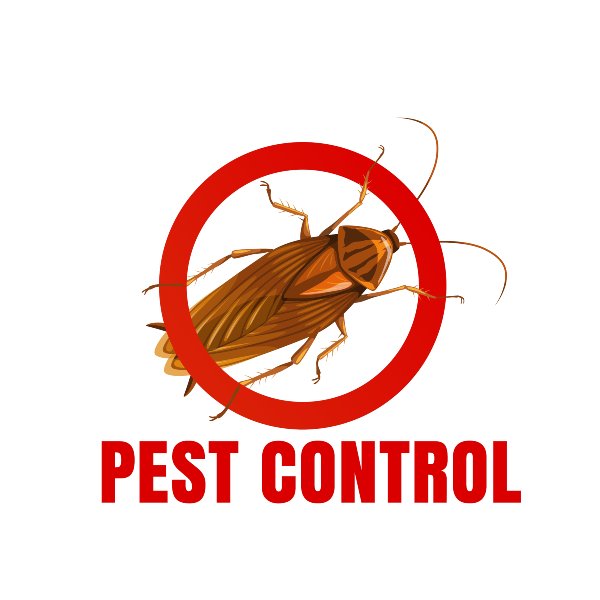Bed Insect Therapy Break Down: Comparing Chemical Vs. Non-Chemical Solutions
In the world of pest control, specifically when dealing with the consistent issue of bed insects, the selection in between chemical and non-chemical treatment services can be an essential one. Both methods use distinctive benefits and downsides, influencing factors such as effectiveness, security considerations, and total expense. By checking out the nuanced details of each technique, a more clear understanding of which course to seek in addressing a bed insect problem can be attained.
Effectiveness of Chemical Treatments
Chemical therapies for bed pest infestations have been widely identified for their powerful and fast efficiency in eliminating these insects. When considering the performance of chemical therapies, it is vital to understand that they can supply a extensive and fast service to a bed insect issue. Professional exterminators frequently rely upon pesticides to target bed insects at numerous stages of their life cycle, consisting of grownups, fairies, and eggs. These chemicals generally work by disrupting the bed insects' nerve system, causing paralysis and eventual death.
In addition, chemical treatments have the benefit of offering recurring effects, meaning that they can proceed to eliminate bed bugs even after the first application. This recurring activity is particularly advantageous in combating any prospective re-infestations. Furthermore, the rapid activity of chemical treatments can bring relief to people dealing with serious bed bug problems, enabling them to regain control of their living areas rapidly.
Safety And Security Interest In Chemical Solutions
One critical facet that needs mindful consideration when making use of chemical solutions for bed insect therapy is ensuring the safety and security of occupants and the environment. Direct exposure to certain chemicals made use of in bed insect therapies can lead to respiratory system concerns, skin irritability, or other negative reactions, specifically in people with pre-existing conditions or sensitivities.
Moreover, the environmental influence of chemical options is another substantial factor to consider. Some chemicals used in bed insect therapies might be harmful to advantageous bugs, wildlife, and communities if they leach into the soil or water systems. It is important to utilize chemical treatments judiciously, following security standards, and thinking about less toxic alternatives to reduce these threats and ensure the safe and effective administration of bed insect infestations.
Benefits of Non-Chemical Methods
Taking into consideration the prospective security issues and environmental effect associated with chemical remedies for bed bug therapy, checking out non-chemical strategies offers a promising option with numerous unique benefits. Non-chemical therapies are ecologically pleasant, as they do not contribute to air or water air pollution, making them a lasting choice for parasite control.
Additionally, non-chemical services can be efficient in targeting This Site bed insects, including hard-to-reach locations where chemical therapies may not pass through - A1 charlotte bed bug exterminator. Techniques such as warm therapy, vacuuming, steam cleaning, and bed mattress coverings provide comprehensive elimination without the usage of harmful chemicals.
Limitations of Non-Chemical Treatments

Additionally, non-chemical treatments usually require several applications to attain successful elimination. This can be taxing and may not constantly assure full elimination of all bed bugs and their eggs, especially in concealed or hard-to-reach areas.
Additionally, the success of non-chemical therapies greatly counts on proper application and thoroughness, which can be testing his response for individuals without professional experience. Insufficient application of non-chemical methods may cause insufficient removal, causing relentless problems and the need for additional treatments.
As a result, while non-chemical therapies have their advantages, it is necessary to recognize these restrictions and consider them when establishing one of the most efficient approach for managing bed bug invasions.
Expense Comparison: Chemical Vs. Non-Chemical Options
Provided the restrictions related to non-chemical treatments, an important aspect to assess in the context of bed bug administration is the expense comparison in between chemical and non-chemical alternatives. Chemical therapies usually involve the application of insecticides by professionals, which can range from $250 to $900 per space, depending on the intensity of the problem and the size of the area to be dealt with. On the other hand, non-chemical treatments like warm therapy or heavy steam can be extra pricey, with expenses varying from $1,000 to $6,000 for an entire home. While the first expense of chemical therapies might seem lower, several therapies may be called for to totally eliminate the invasion, potentially increasing the general cost. On the various other hand, non-chemical options might provide a much more eco-friendly and lasting remedy, although they can be cost-prohibitive for some people. Inevitably, when taking into consideration the cost of bed try this web-site bug therapy alternatives, it is essential to consider the in advance costs versus the efficiency and long-lasting sustainability of the chosen approach.
Conclusion

Considering the prospective security problems and environmental effect connected with chemical services for bed pest therapy, exploring non-chemical strategies provides a promising option with several distinct benefits.Offered the limitations connected with non-chemical therapies, a vital aspect to review in the context of bed pest administration is the expense contrast in between chemical and non-chemical choices. In contrast, non-chemical treatments like warmth treatment or heavy steam can be a lot more expensive, with costs varying from $1,000 to $6,000 for a whole home. While the first cost of chemical therapies may appear lower, numerous therapies might be required to totally get rid of the invasion, potentially boosting the overall cost.In verdict, when contrasting chemical and non-chemical bed insect treatment alternatives, it is crucial to consider efficiency, security, benefits, restrictions, and cost.
Comments on “Relied On A1 Exterminator Charlotte NC - Comprehensive Pest Solutions”